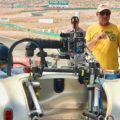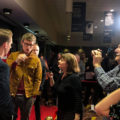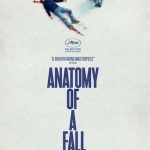
This film is chilling on so many levels. It shows a Nazi commandant and his family living happily in their dream house literally at the wall to Auschwitz where hundreds of thousands of Jewish men, women and children were being exterminated on a daily basis.
Writer/Director Jonathan Glazer (Under the Skin, Sexy Beast, Birth) dove deep into research and captures the lethal activities using archival material, including testimonies from people who worked for the real Rudolf Höss and his wife Hedwig in 1943. The original buildings are now so old, Glazer had to recreate the house where the couple lived with their 5 children. However, a family still lives in that house.
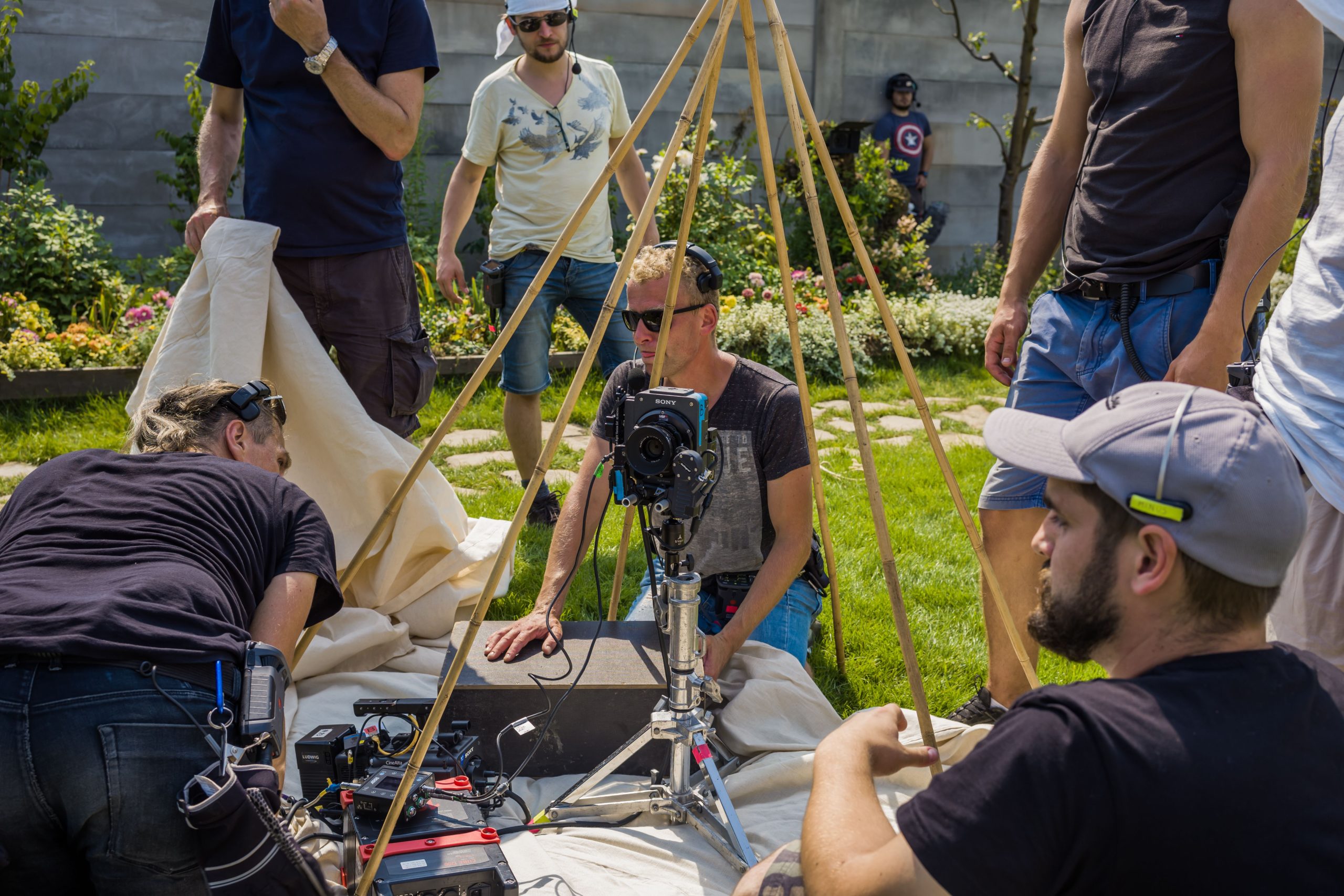

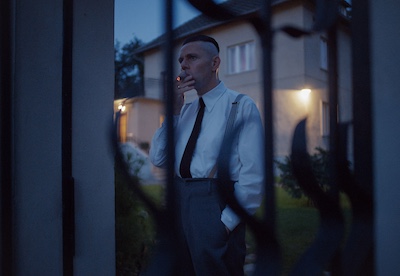
The director presents a happy family playing, swimming, and laughing in their new, beautifully sunlit garden with a pool. But at the same time, the haunting sounds of death can be heard from behind the tall wall separating the Commandant’s home and the concentration camp he is overseeing. You can hear trains arriving, gun shots, screaming parents and children. Furnaces are blasting billowing black smoke up behind the high fence in total juxtaposition to the family living next door. It is so disturbing.
Watch Friedel at the Q & A we attended post screening of the film at The Chicago International Film Festival moderated by Chicago Tribune film critic, Michael Phillips. The actor talks about how intense the role was for him to play, how the film was shot and how important and relevant this film is with all of the violence occurring around the world today.
Glazer loosely based the story of the family on a book by Martin Amis that wasn’t even published when he first read it. This film is a joint production of the United States, the United Kingdom and Poland. Glazer cast Christian Friedel and Sandra Hüller who is also being noticed for her performance in Anatomy of a Fall this award season. The couple seem oblivious to what is actually happening on their doorstep. Hedwig isn’t bothered, and seems to thoroughly enjoy picking through the clothes, furs and jewelry that were confiscated from the Hungarian Jewish prisoners who are being exterminated. But it’s starting to affect Rudolf.
Höss is doing such a good job for the Fürher, he is offered a promotion to oversee all of the camps which would change their location and living situation. Hedwig protests strongly, not wanting to leave. She loves their home and her beautiful garden. We see the double life Rudolph is living sent to meetings with Nazi big whigs, away from Hedwig. He is still the loyal Nazi officer Glazer dresses in all the uniformed finery. He sports a haircut Friedel freely admitted hating, especially when Glazer decided to do reshoots which made Friedel keep the hairdo for an additional year.
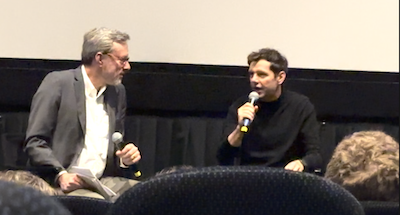
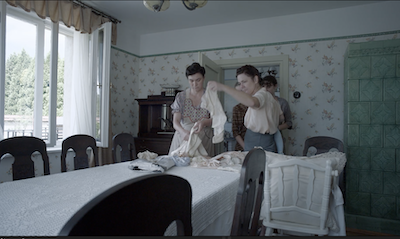

Friedel liked the unusual way Glazer shot the film describing it like shooting an episode of “Brother.” It enabled Cinematographer Lukasz Źal to show bits and pieces of the family’s life by embedding 10 cameras from different angles around the house. There was no crew on the set. It creates realistic scenes of a busy household in different rooms as they get on with very normal activities, until you see the young boys getting ready for school say good-bye with a “Sieg Heil” salute.
This film is a slow, passive journey revealing what one family ignored happening in their own back yard. Jonathan Glazer creates a calm existence for a family in the shadow of the most horrific nightmare ever imagined. Now, with hate and violence re-emerging around the world, Glazer, Friedel and Hüller skillfully present this film about what happened in 1943 as a cautionary tale.
A24 1 hour 46 minutes PG-13




